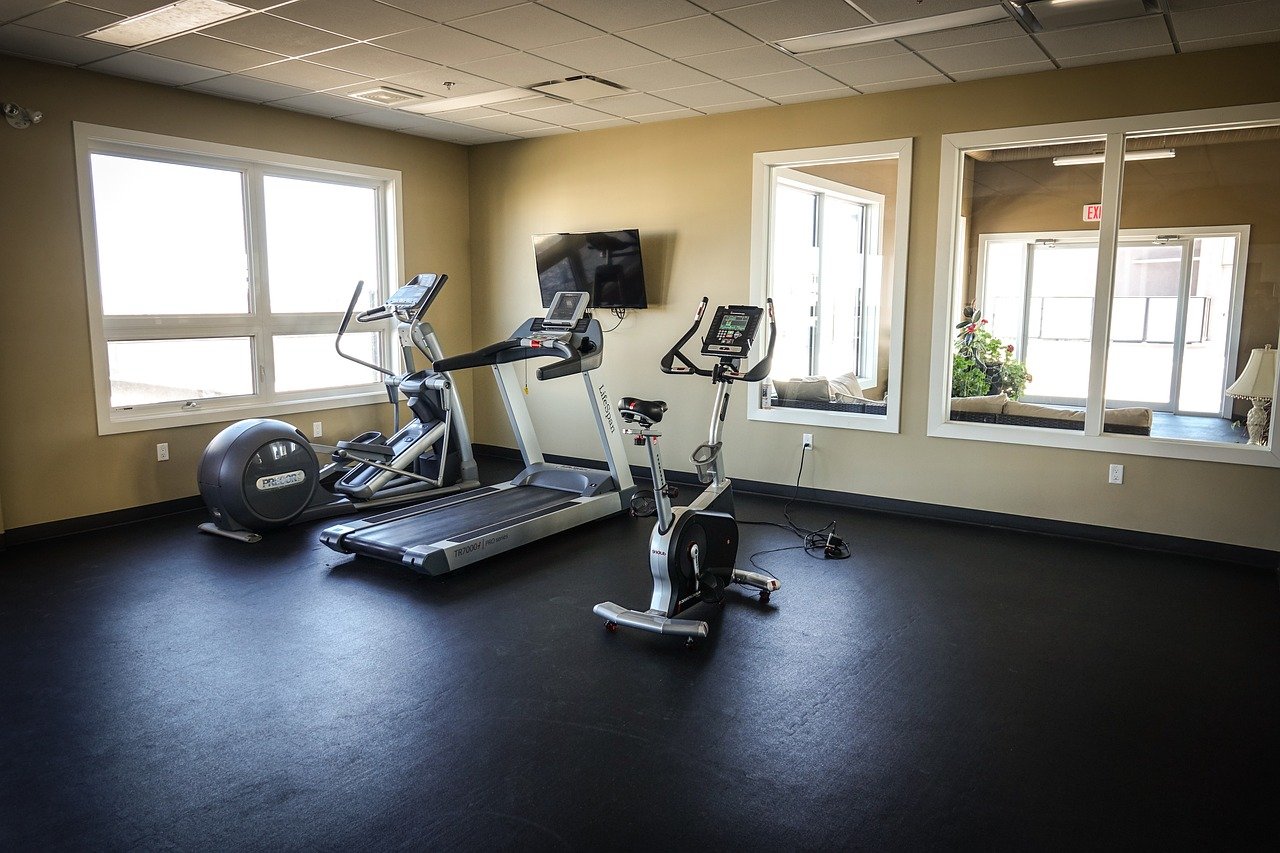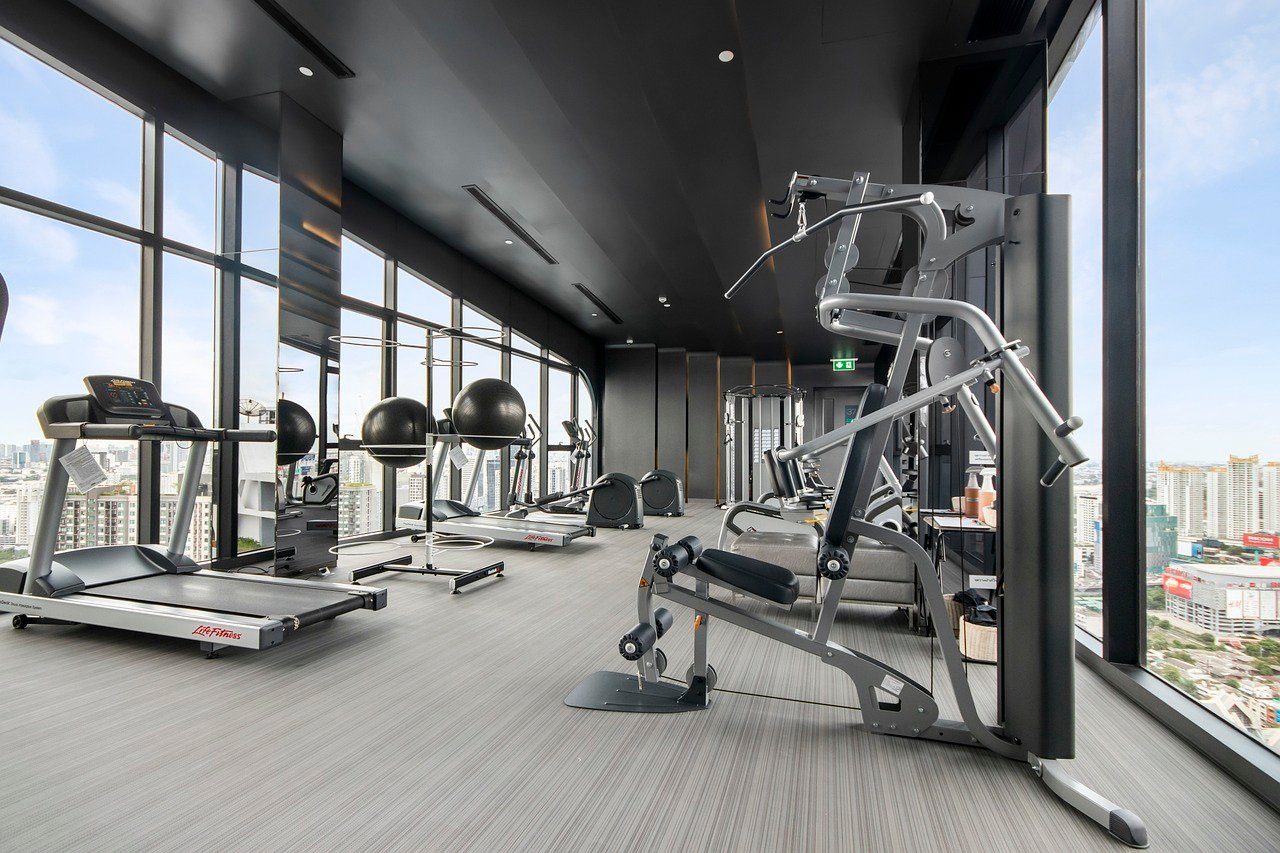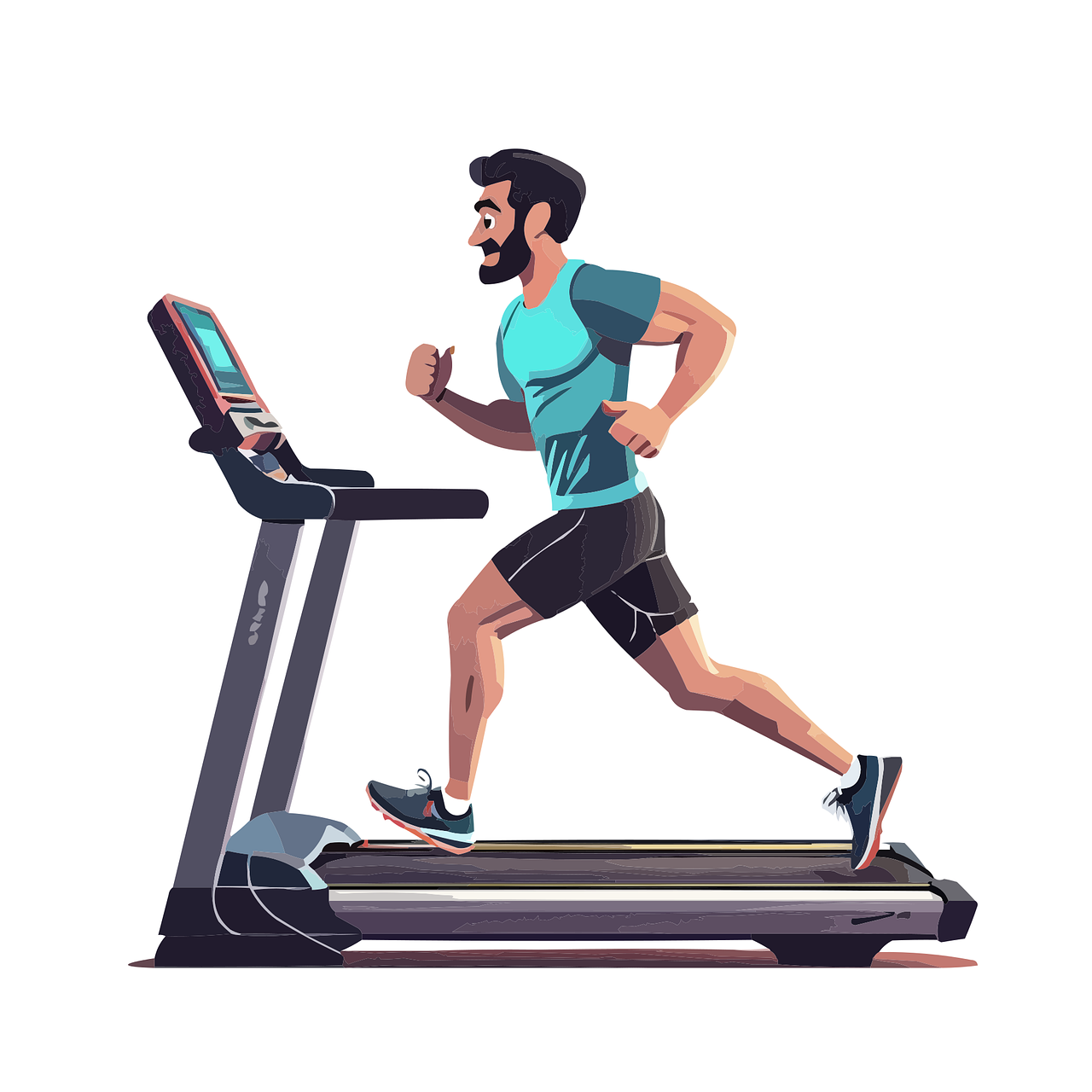The modern fitness industry is inundated with an impressive array of gym machines, each promising to revolutionize our workouts and deliver optimal results. However, in our quest to stay fit and healthy, it is crucial to understand the costs associated with these machines and assess their effectiveness. In this article, we will compare various gym machines, examining their features and performance, to help you make informed decisions regarding your fitness investments. By delving into the details of each machine, we aim to provide a comprehensive summary that enables you to select the most suitable option for your workout needs.

Introduction
Gym machines have become an integral part of fitness centers and home gyms alike. These machines provide individuals with the opportunity to engage in structured workouts that target specific muscle groups and enhance overall physical fitness. In this article, we will provide an overview of gym machines, discuss their importance in fitness training, explore different types of machines, and offer insights into their cost, benefits, considerations, maintenance, and care.
Overview of Gym Machines
Gym machines, also known as exercise machines or fitness equipment, are specially designed apparatuses that facilitate physical exercise. These machines offer a range of motions and resistance levels, allowing individuals to target specific muscle groups and achieve their fitness goals. From cardiovascular equipment to strength training machines, weightlifting machines, functional training equipment, and multifunctional machines, there is a wide array of gym machines available to cater to various exercise preferences and objectives.

Importance of Gym Machines
Gym machines play a crucial role in supporting a balanced and effective fitness routine. They offer several advantages over traditional free weight exercises, such as enhanced safety, controlled range of motion, and ease of use. Gym machines are particularly beneficial for beginners who may not be familiar with proper weightlifting techniques or individuals recovering from injuries. By providing stability and guidance, these machines minimize the risk of injuries and allow users to focus on building strength and endurance without compromising form.
Types of Gym Machines
Gym machines can be categorized into different types, each targeting specific areas of fitness training. Let’s explore some of the most common types of gym machines:
Cardio Equipment
Cardiovascular equipment is designed to improve cardiovascular fitness, endurance, and burn calories. Some popular examples of cardio machines include:
Treadmill
The treadmill is a versatile cardio machine that simulates walking, jogging, or running. It offers adjustable speed and incline settings, making it suitable for users of different fitness levels.
Elliptical Trainer
The elliptical trainer provides a low-impact full-body workout by combining the movements of stair climbing, running, and cross country skiing. This machine is gentle on the joints while effectively targeting the lower body muscles.
Stationary Bike
Stationary bikes are ideal for cardiovascular workouts that specifically target the lower body. These bikes offer adjustable resistance levels and preset programs to simulate various terrains and training intensities.
Rowing Machine
Rowing machines provide a full-body workout by incorporating both cardiovascular and strength training elements. They engage muscles in the arms, legs, back, and core, making them an efficient choice for overall fitness improvement.
Strength Training Machines
Strength training machines are designed to isolate specific muscle groups and facilitate controlled resistance exercises. Some common examples include:
Chest Press Machine
The chest press machine specifically targets the chest muscles, triceps, and shoulders. It allows users to perform the pushing motion in a controlled manner, making it an effective tool for developing upper body strength.
Leg Press Machine
The leg press machine is popular for targeting the quadriceps, hamstrings, and glutes. It enables users to perform leg extensions and press against resistance, enhancing lower body strength and muscular endurance.
Lat Pulldown Machine
The lat pulldown machine focuses on the muscles in the back, specifically the latissimus dorsi. This machine allows users to perform a pulling motion, targeting the upper back and bicep muscles.
Shoulder Press Machine
The shoulder press machine isolates the deltoid muscles and helps develop shoulder strength and stability. It provides controlled resistance while performing pushing motions, reducing the risk of strain or injury.
Weightlifting Machines
Weightlifting machines are designed to mimic free weight exercises while providing added stability and safety. Some notable examples include:
Smith Machine
The Smith machine consists of a barbell fixed on vertical guides, eliminating the need for a spotter and enabling users to perform a variety of movements, including squats, bench presses, and lunges.
Cable Crossover Machine
The cable crossover machine allows users to perform a wide range of exercises by adjusting the height and angle of the cables. It targets various muscle groups, including the chest, back, arms, and shoulders.
Power Rack
The power rack, also known as a squat rack, provides users with a secure environment for performing heavy compound lifts, such as squats, bench presses, and overhead presses. It offers adjustable safety pins to prevent injuries during heavy lifting.
Leg Extension Machine
The leg extension machine is designed to specifically target the quadriceps. It allows users to lift a weighted load with their legs, strengthening the front thigh muscles.
Functional Training Equipment
Functional training equipment focuses on improving overall strength, stability, mobility, and coordination for day-to-day activities. Some popular examples include:
Suspension Trainer
Suspension trainers, also known as TRX systems, use suspended straps to engage multiple muscle groups simultaneously. These trainers enhance core stability, balance, and flexibility through a variety of bodyweight exercises.
Battle Ropes
Battle ropes provide a full-body workout by engaging the muscles in the arms, shoulders, back, and core. They offer a wide array of exercise variations, including waves, slams, and spirals.
Medicine Ball
Medicine balls are versatile tools used for strength training, plyometric exercises, and rehabilitation. These weighted balls can be used in a wide range of movements, such as overhead throws, slams, and rotational exercises.
Plyometric Box
Plyometric boxes, also known as jump boxes, are used for explosive power training and plyometric exercises. They allow users to jump onto and off the platform, targeting lower body muscles and enhancing athletic performance.
Multifunctional Machines
Multifunctional machines combine multiple exercise stations into a single unit, providing users with a comprehensive workout experience. Some noteworthy examples include:
Total Gym
The Total Gym utilizes a gliding board and adjustable resistance levels to target various muscle groups. It offers a wide range of exercises, from strength training to core stabilization, making it a versatile and space-saving option.
Bowflex
Bowflex machines, known for their Power Rod technology, provide a complete home gym experience. They offer multiple exercise stations and adjustable resistance levels, catering to different fitness levels and workout preferences.
Keiser M3i
The Keiser M3i is a premium indoor cycling bike that combines cutting-edge technology with ergonomic design. It offers adjustable resistance levels, interactive workout programs, and real-time performance metrics, delivering a top-notch cycling experience.
Weider Ultimate Body Works
The Weider Ultimate Body Works is a compact home gym system that utilizes resistance bands, an inclined glide board, and adjustable platforms. It allows users to target various muscle groups and perform a range of exercises.

Cost and Price Range
The cost of gym machines can vary greatly depending on several factors. Let’s explore the factors influencing the cost and the average price range for different types of machines:
Factors Influencing the Cost of Gym Machines
Several factors can influence the cost of gym machines, including brand reputation, build quality, advanced features, and the inclusion of additional accessories or workout programs. Premium brands that offer extensive warranties and innovative technologies tend to have higher price points compared to entry-level or budget-friendly options.
Average Price Range for Different Types of Machines
The price range for gym machines varies based on the type and complexity of the equipment. Cardio machines, such as treadmills and stationary bikes, generally range from $500 to $3,000, depending on the brand and features. Strength training machines, like chest press and leg press machines, can range from $1,000 to $5,000, while weightlifting machines, such as the Smith machine and cable crossover machine, can range from $500 to $4,000. Functional training equipment, like suspension trainers and plyometric boxes, typically range from $100 to $500. Multifunctional machines, such as the Total Gym and Bowflex, can range from $500 to $3,000, depending on the model and accessories included.
Cost Comparison Between Popular Brands
When comparing the cost of gym machines from popular brands, it’s essential to consider the features, build quality, and reputation of each brand. Higher-priced brands often offer exceptional durability, warranties, and advanced features, making them a worthwhile investment for serious fitness enthusiasts. However, more affordable options can still provide satisfactory performance and value for individuals with limited budgets or specific fitness goals.
Benefits and Considerations
Using gym machines offers several physical benefits, but it’s important to consider safety precautions and choose the right machine for your fitness goals. Let’s explore the benefits of using gym machines, safety considerations, and the process of selecting the right machine:
Physical Benefits of Using Gym Machines
Gym machines offer numerous physical benefits, including improved muscular strength, endurance, balance, and flexibility. By providing guided movements and resistance control, these machines enable users to target specific muscle groups effectively. Additionally, gym machines can promote bone density, increase cardiovascular fitness, aid in weight management, and enhance overall functional capacity.
Safety Considerations and Precautions
While gym machines are generally safe to use, it’s essential to follow proper guidelines and precautions to minimize the risk of injuries. When using any machine, it’s crucial to start with a proper warm-up and gradually increase the intensity or load. Maintaining proper form throughout the exercises is essential to avoid strains or sprains. It’s recommended to consult with a fitness professional to ensure correct machine settings, handle appropriate resistance levels, and understand the proper range of motion for each exercise.
Choosing the Right Machine for Your Fitness Goals
Selecting the right gym machine depends on your specific fitness goals, preferences, and any existing physical limitations or considerations. Consider factors such as the targeted muscle groups, exercise variety, resistance levels, range of motion, and the machine’s suitability for your fitness level and training progression. Consulting with a fitness professional or personal trainer can provide valuable insights and guidance in determining the most suitable gym machine for your individual needs.
Maintenance and Care
Proper maintenance and care are crucial to ensure the longevity and performance of gym machines. Here are some important aspects to consider:
Importance of Regular Maintenance
Regular maintenance is essential to keep gym machines in optimal condition. Maintaining cleanliness, inspecting for any damages or wear, lubricating moving parts, and tightening loose bolts or screws are crucial steps in prolonging the lifespan and avoiding potential accidents or malfunctions.
Cleaning and Sanitizing Guidelines
Maintaining cleanliness and hygiene is of paramount importance, especially in shared gym facilities. Cleaning and sanitizing gym machines regularly helps prevent the spread of bacteria, viruses, and other pathogens. Using appropriate cleaning solutions, wiping down surfaces, and paying attention to high-touch areas, such as handles and seats, helps create a safe and sanitary workout environment.
Common Troubleshooting Tips
Despite regular maintenance, gym machines may encounter occasional issues or malfunctions. Common troubleshooting tips include checking the power source, inspecting cables, belts, or chains for wear, and ensuring proper alignment of components. It’s recommended to refer to the machine’s user manual or consult with a maintenance professional for complex repairs or technical issues.
Conclusion
Gym machines offer individuals an effective and efficient way to improve their fitness levels, target specific muscle groups, and achieve their desired goals. From cardio equipment to strength training machines, weightlifting machines, functional training equipment, and multifunctional machines, there is a wide array of options to cater to diverse exercise preferences. By understanding the costs, benefits, considerations, maintenance, and care of gym machines, individuals can make informed decisions when selecting and utilizing these valuable fitness tools. Whether at the gym or in the comfort of their own home, incorporating gym machines into a well-rounded exercise routine can lead to significant improvements in strength, endurance, overall fitness, and overall well-being.


